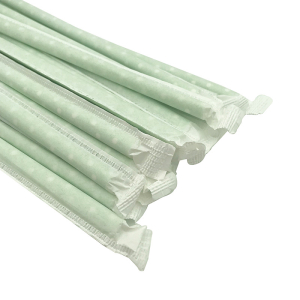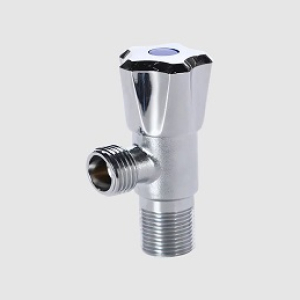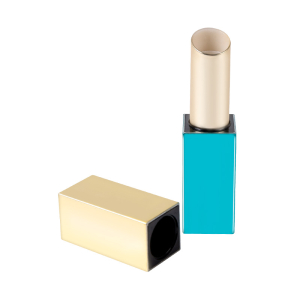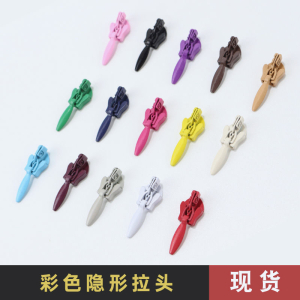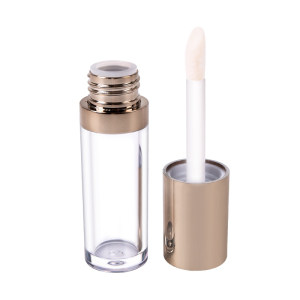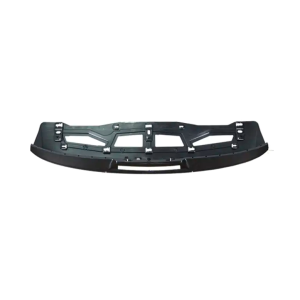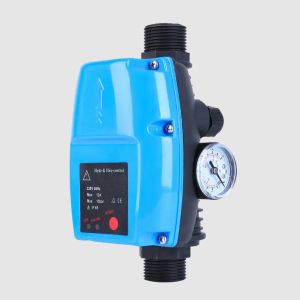Pail buckets are ubiquitous in various industries, from household chores to construction and agriculture. These versatile containers come in a range of sizes and materials, and their production relies heavily on precise and efficient molding processes. The design and function of pail bucket molds are crucial in ensuring that these containers meet quality standards and are produced in an economically viable manner.
Effective cooling systems are integral to the design of pail bucket molds. These systems control the temperature of the mold and the cooling rate of the injected plastic, ensuring uniform solidification and reducing cycle times. Proper cooling helps prevent defects such as warping or uneven wall thickness in the finished pail buckets.
Pail bucket molds are designed with ease of maintenance in mind. Features such as quick-release mechanisms and modular components allow for efficient disassembly and cleaning. Regular maintenance is essential for keeping the molds in optimal condition and ensuring consistent production quality.
The primary function of a pail bucket mold is to facilitate the injection molding process. During this process, molten plastic is injected into the mold cavities under high pressure. The plastic fills the mold and takes the shape of the pail bucket components. Once the plastic cools and solidifies, the molded pail buckets are ejected from the mold.

